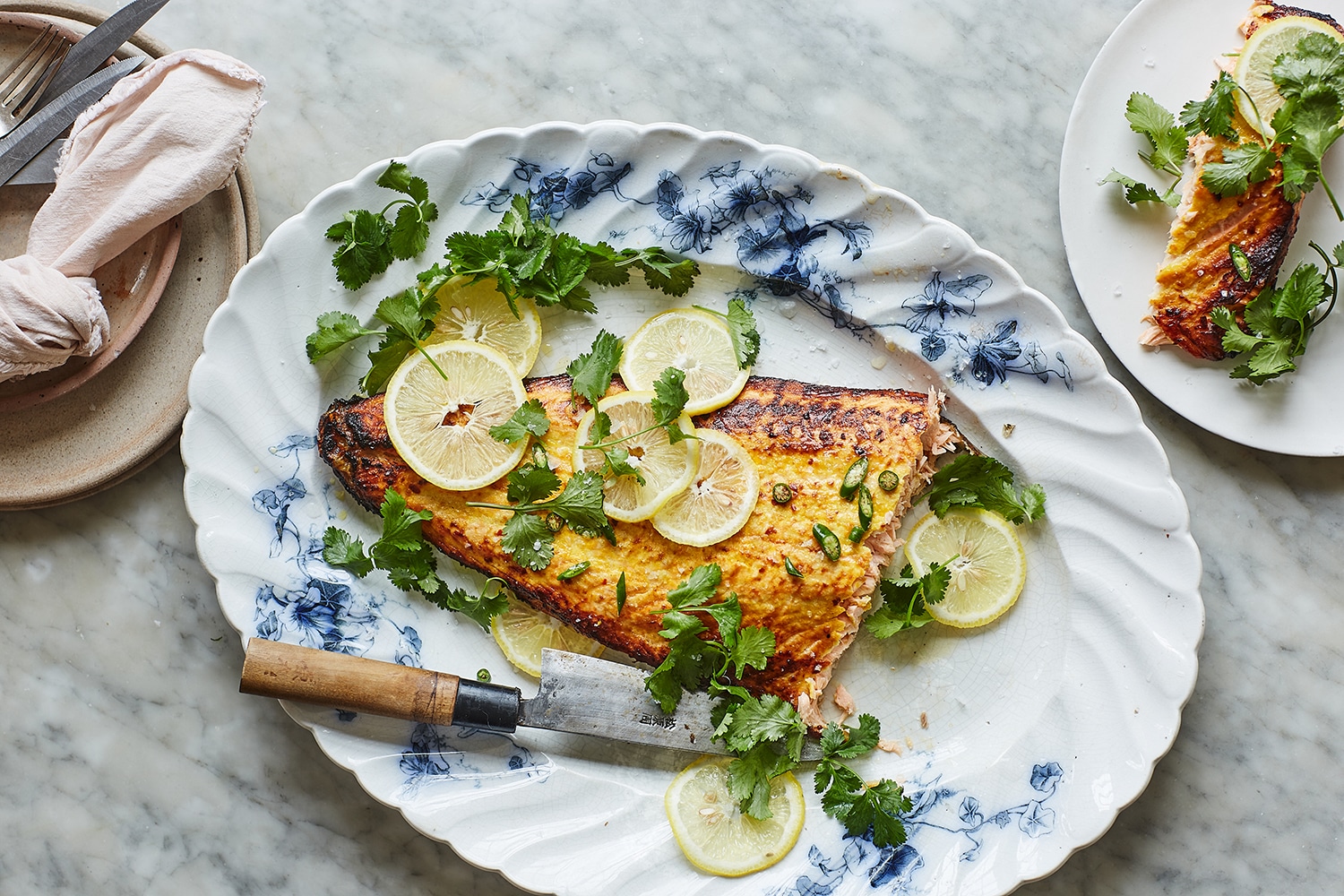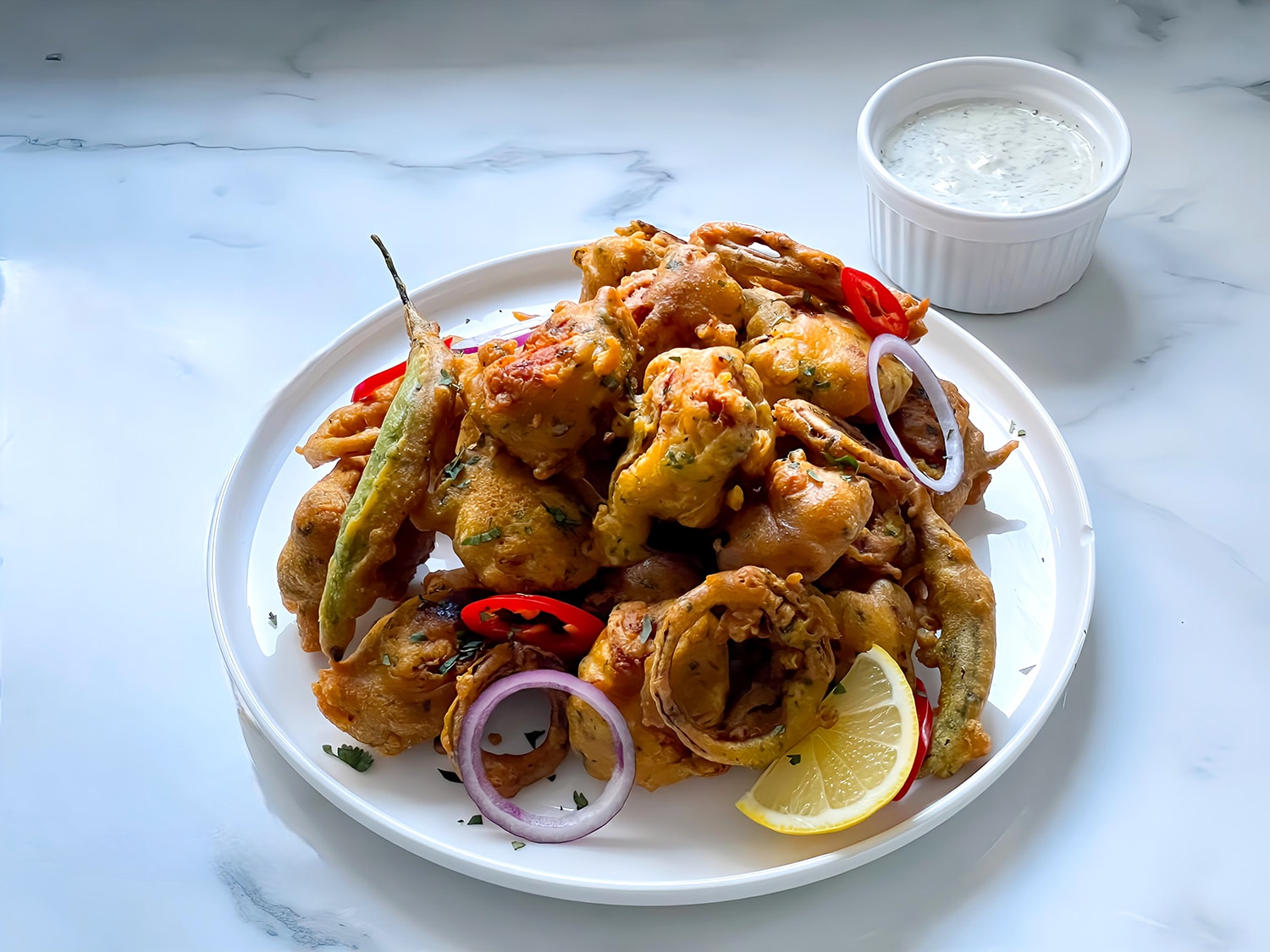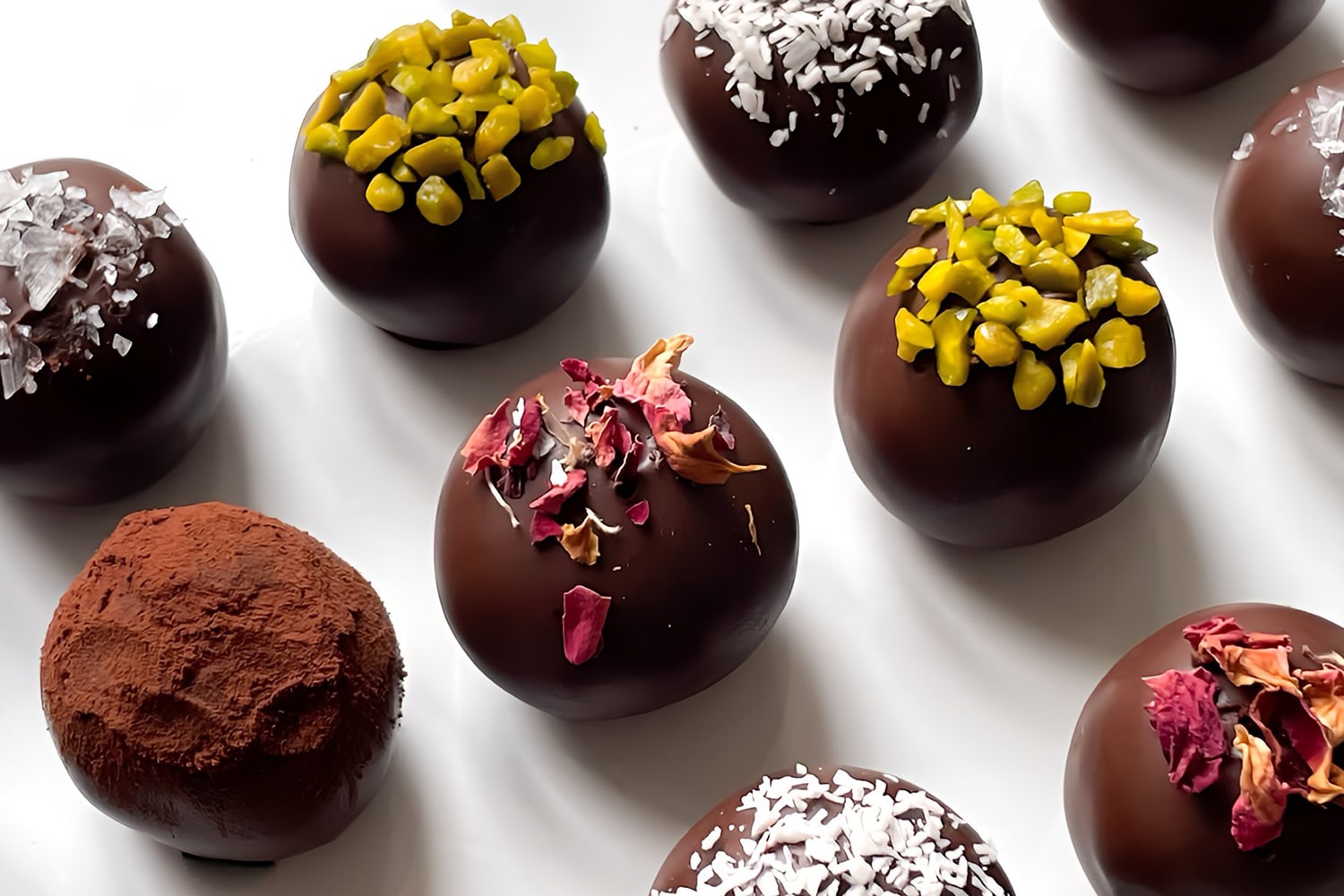The midnight kitchen
Shahnaz Ahsan on the family traditions and abundant food of the Eid al Fitr celebration
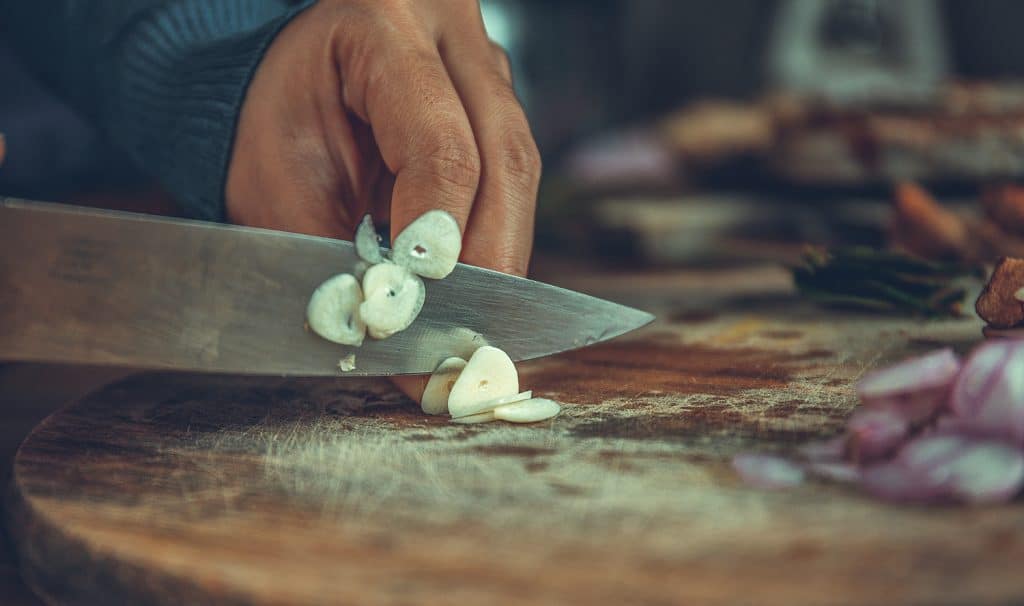

“GENERATIONS OF WOMEN IN MY FAMILY HAVE PERFECTED THE ART OF PREPARING AN EID FEAST WITH VERY LITTLE NOTICE”
Words: Shahnaz Ahsan
My sisters and I work with a synchronicity that comes from being raised by the same mother, in the same kitchen. We peel, chop, marinade and soak. One of us does the dishes while the others shape minced lamb into koftas. It’s almost midnight and we’re preparing for the feast that will be served tomorrow in celebration of Eid al Fitr.
Eid al Fitr is the Muslim festival that comes after the month-long fast known as Ramadan. Unlike holidays such as Christmas, which fall on the same date every year, the timing of Eid al Fitr changes according to the lunar calendar, meaning that the celebration can’t be confirmed until the crescent moon is sighted the night before. This adds a delicious level of unpredictability to the festive preparations – you never know until the last minute exactly when the holiday will be.
It also means that generations of women in my family – it’s women who have traditionally taken on most of the cooking – have perfected the art of preparing an Eid feast with very little notice. This is achieved through the magic combination of forward planning, flexibility and practice.
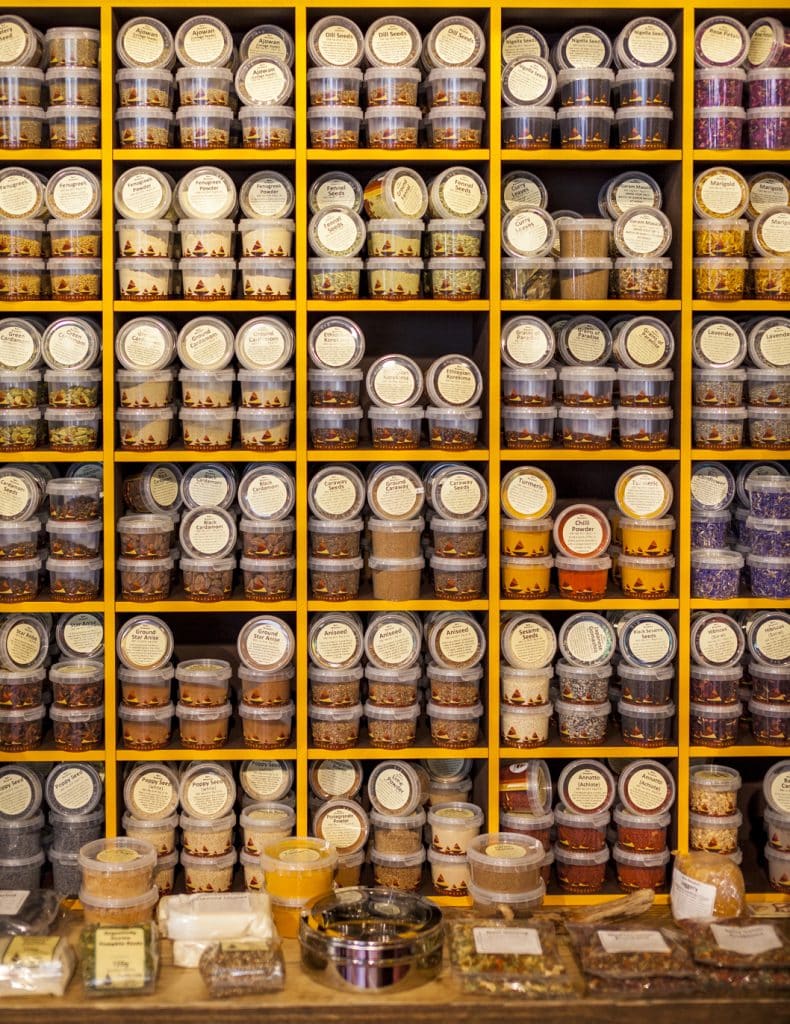
Banquet planning follows a regular pattern in our family. A couple of days before the end of Ramadan we agree on a menu, with input from all family members. Aromatic chicken korma cooked with ghee, coconut and yoghurt is a staple, as is pilau rice studded with cardamom, cinnamon and bay leaves. Next comes beef or lamb bhuna – sometimes both – depending on what the butchers have on offer. There is always a platter of succulent tandoori chicken, potato cutlets stuffed with spicy tuna or egg, and crunchy pakoras made with vegetables, fish or chicken. If we’re hosting a lot of guests, we’ll add in a kofta curry: balls of minced chicken or lamb baked in the oven then simmered in a thick, spicy sauce. There’s fish coated in turmeric and fried with onions, and countless vegetable dishes – chunks of aubergine in yoghurt sauce, cauliflower lightly spiced with green beans. For dessert we make shemai – sweet vermicelli pudding with whole milk, jewelled with sultanas and flaked almonds – and sometimes fat, juicy rounds of gulab jamun.
Then, once the menu has been confirmed, we divide our tasks. My father is given a list of what to buy. Staples such as basmati rice, ghee, cooking oil, onions, garlic and ginger are essential. Different cuts of meat and poultry from the butcher are carefully selected: whole chickens to be roasted; minced lamb for kebabs; beef on the bone for biryani or a deep, flavoursome bhuna.
Next come the tasks of peeling, chopping, marinating and soaking. Mountains of onions are liberated from their skins and left to soak in cold water to lessen the risk of teary eyes when chopping. The thin outer layer of the root ginger is rubbed off with a teaspoon. The heaps of garlic are peeled by hand, the papery casing sticking to our fingers. Although jars of garlic-ginger paste are now readily available, it doesn’t feel as though quite the same amount of labour, of love, has gone into the preparation.
The ingredients are prepped with flexibility in mind. Meat is marinated the day it’s bought, so if Eid is announced later than expected, the extra time only adds flavour to the final dishes. Jointed chickens are mixed with yoghurt, garlic, ginger, lemon juice, salt and aromatic whole spices including green cardamom, bay leaf and cassia bark, and left overnight for the korma. A side of salmon is coated with yoghurt, chilli, turmeric, garlic, ginger, lemon juice, tandoori powder and salt, ready to be roasted. Chicken breasts are marinated overnight too, ready to be coated in a thick chickpea batter and fried to make crunchy pakoras.
The third essential element in short-notice feast preparation is practice. At this stage in our lives, we all have areas we excel in and others we avoid. We each take the dishes we enjoy making the most. One sister takes on the desserts – a task I find far too finicky. Another claims the job of preparing the biryani, boiling mutton in an aromatic broth before layering with rice. I prepare the koftas, shaping each ball with one hand the way my mother taught me. There is a special kind of sociability in this late-night cooking, staying up until one or two in the morning, talking as we shape patties and fold samosa pastry. Sometimes my father will come into the kitchen to tell us not to stay up too late and to sneak a taste of what we’ve made. When we eventually collapse into bed, it is with the sweet satisfaction of knowing that it’s been a job well done – and the buzzing excitement of a day of festivities ahead.
